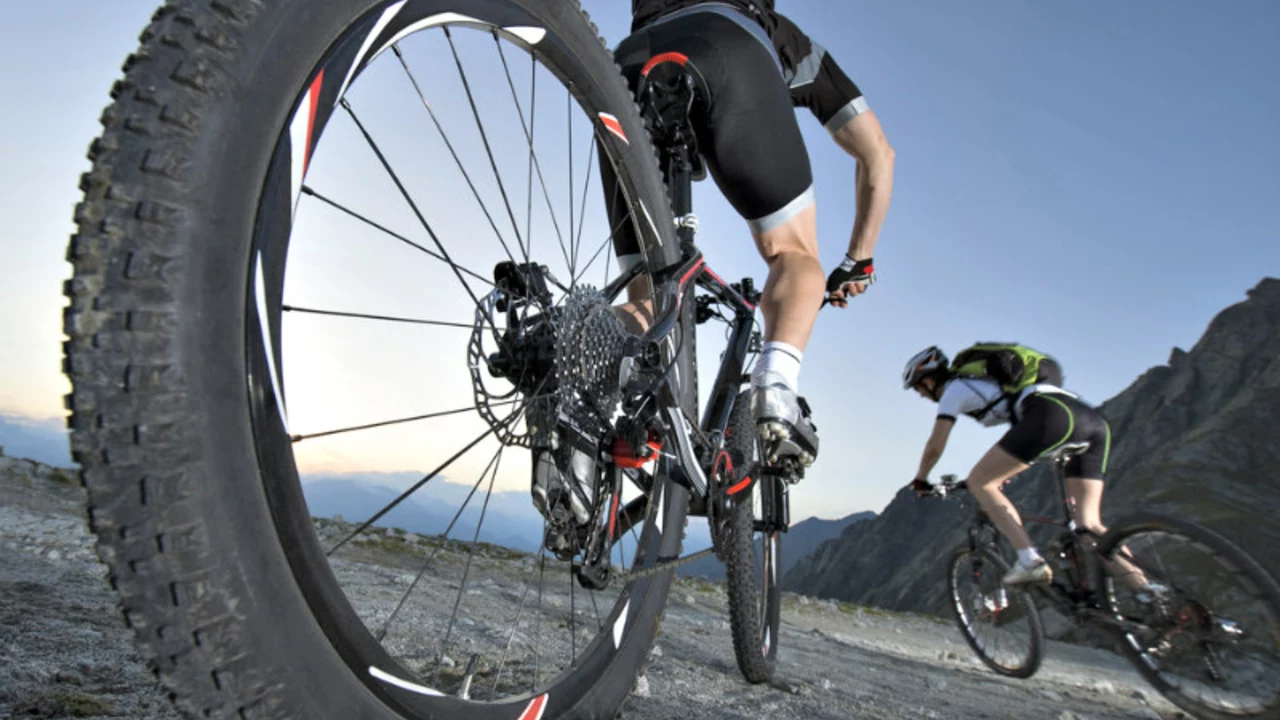
The Basic Differences: Mountain Bikes vs City Bikes
Before diving into the specifics, let's briefly go over the fundamental differences between mountain bikes and city bikes. Mountain bikes are designed for off-road cycling, particularly on rough terrains like mountains, hence the name. They're built to withstand the challenges that come with off-road cycling, such as steep slopes, rocky trails, and other obstacles. On the other hand, city bikes, also known as urban or commuter bikes, are designed for smooth and paved city roads. They are built for comfort and efficiency in urban environments.
Frame Design and Material
One of the most noticeable differences between mountain bikes and city bikes lies in their frame design and material. Mountain bikes have a more robust and sturdy frame design, often made from materials like steel or aluminum that can handle the strain of rough terrains. City bikes, on the other hand, usually have a more streamlined and lightweight frame design, often made from aluminum or carbon fiber for easy maneuverability on city streets.
Suspension Systems
The suspension system is another significant difference between these two types of bikes. Mountain bikes typically have a comprehensive suspension system to absorb the impacts and shocks from rough terrains. They usually feature front and rear suspensions, known as full suspension, or only a front suspension, known as hardtail. City bikes, however, usually don't have a suspension system as the city roads are generally smoother and flat.
Tires and Wheels
The tires and wheels of the two bikes are designed to suit the environment they're meant for. Mountain bikes have wider, knobby tires for better traction and control on rocky and slippery surfaces. They also have larger wheels to navigate obstacles easily. City bikes, however, have thinner, slick tires for smooth and fast rides on paved city roads. Their wheels are typically smaller for better speed and efficiency.
Gearing System
The gearing system of these bikes also varies. Mountain bikes typically have a wide range of gears to tackle steep hills and rough terrains. They usually come with a combination of high and low gears to handle various terrains. City bikes, on the other hand, usually have fewer gears, as they are mainly used on flat roads. Some city bikes even come with a single-speed gear for simplicity and ease of use.
Seating and Handlebars
The seating and handlebars are designed to offer comfort and the right riding posture. Mountain bikes have a more aggressive riding position with lower seats and straight handlebars to navigate through rough trails. City bikes, however, have a more upright and comfortable riding position, with higher seats and swept-back handlebars.
Braking System
The braking system is another critical aspect where these two types of bikes differ. Mountain bikes usually come with disc brakes, which provide superior stopping power in all conditions, crucial for downhill and off-road cycling. City bikes, however, usually come with rim brakes or V-brakes, which are lighter and perfectly adequate for city riding.
Weight and Durability
Mountain bikes are generally heavier and more durable due to their robust construction and the materials used. This is to ensure they can withstand the rough and challenging off-road conditions. City bikes, on the other hand, are typically lighter and less robust as they are designed for smooth, paved roads. However, they are durable enough to last for many years with proper care.
Choosing the Right Bike
In conclusion, the choice between a mountain bike and a city bike ultimately depends on your specific needs and where you plan to ride. Mountain bikes are ideal for those who love off-road cycling and tackling rough terrains, while city bikes are perfect for everyday commuting and leisure rides around the city. Always consider the environment and conditions in which you'll be cycling when choosing a bike.
Write a comment